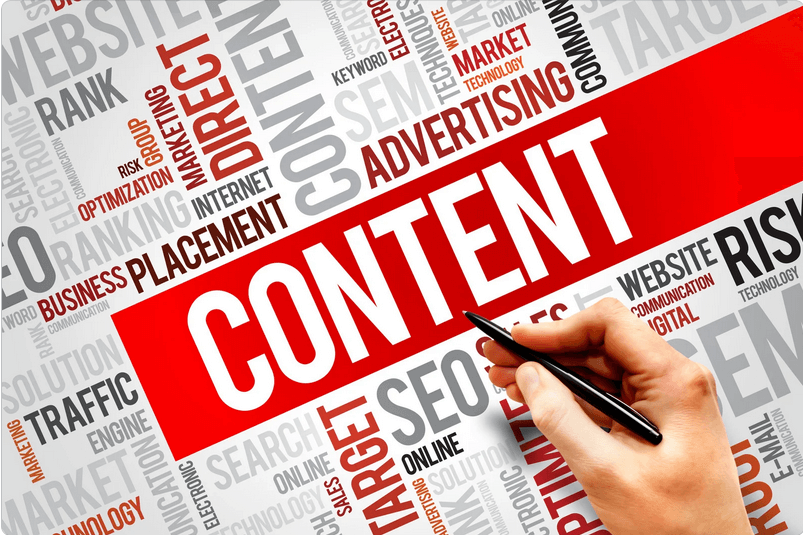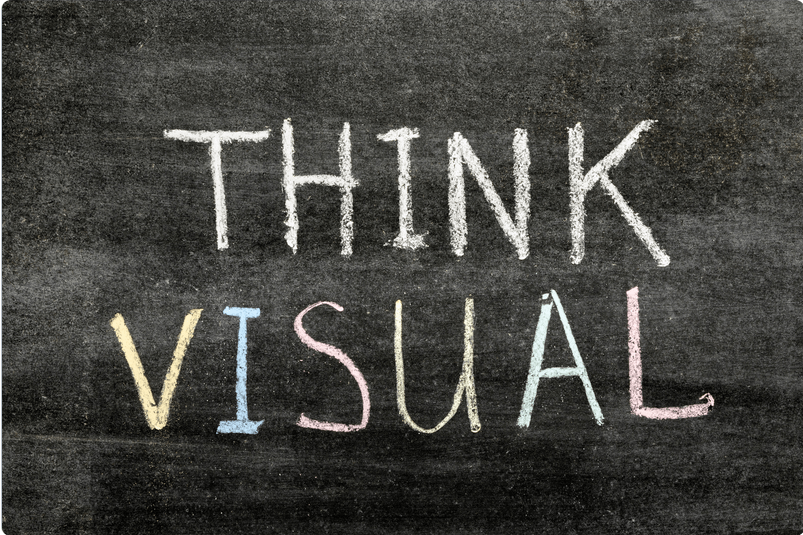The Art of Visual Content Agency
Visual content is a powerful tool in today’s content-driven digital landscape. Harness the potential of visuals by understanding the fundamental principles that drive engagement:
1. Emotion and Impact
Visually-driven content has the power to evoke emotions and create lasting impressions. Select images and design elements that resonate with your target audience to maximize impact.
2. Consistency and Cohesion
Maintain a consistent visual language across all platforms to enhance brand recognition. Cohesion strengthens your brand identity and fosters trust among consumers.
3. Simplicity and Clarity
Ensure your visual content communicates a clear message. Simple, uncluttered designs are more likely to capture and retain attention.
Types of Visual Content to Boost Your Marketing Strategy
Incorporate a mix of visual formats to diversify your content marketing efforts:
1. Infographics
Infographics are a proven way to present complex data in a digestible format. They can drive traffic, generate backlinks, and establish your brand as a thought leader.
2. Video Content
Video content dominates social media platforms, with users consuming billions of hours daily. Leverage this format to showcase product demos, behind-the-scenes footage, and customer testimonials.
3. Custom Illustrations
Custom illustrations set your brand apart and add a personal touch to your content. They can be tailored to match your brand’s unique style and tone.
4. Memes and GIFs
Memes and GIFs inject humor and relatability into your content. Use them sparingly and strategically to boost engagement and foster a sense of community.
Crafting a Winning Visual Content Strategy
To maximize the impact of your visual content, follow these steps:
1. Set Clear Objectives
Define the goals of your visual content marketing campaign, such as generating leads, increasing brand awareness, or boosting social media engagement.
2. Conduct Audience Research
Identify your target audience and analyze their preferences, needs, and pain points. Create buyer personas to guide your visual content creation.
3. Develop a Content Calendar
Plan your content distribution by creating a calendar that outlines your visual content’s type, format, and frequency.
4. Optimize for SEO
Optimize your visual content for search engines by incorporating relevant keywords, adding alt text, and utilizing descriptive captions.
5. Measure Success
Track the performance of your visual content using analytics tools. Monitor engagement metrics and adjust your strategy based on data-driven insights.
Leveraging Design Principles for Effective Visual Content
1. Hierarchy
Establish a visual hierarchy to guide your audience’s eye through your content. Prioritize the most critical elements by varying size, color, and positioning.
2. Balance
Achieve balance in your designs by distributing visual elements evenly. Experiment with symmetrical and asymmetrical layouts for a harmonious composition.
3. Contrast
Utilize contrast to emphasize critical elements and create visual interest. Contrast can be achieved through color, size, shape, and typography.
4. Repetition
Reinforce your brand identity by repeating design elements like color schemes, fonts, and patterns.
5. White Space
Employ white space to declutter your designs and improve readability. White space creates breathing room and allows your visuals to shine.
Final Thoughts
Visual content marketing is an indispensable tool for modern businesses. Invest in high-quality visual storytelling to captivate your audience, strengthen your brand, and elevate your marketing game. Unlock the potential of visual content and watch your business soar.
FAQs
What does a content agency do?
A content agency is a company that specializes in creating and managing content for businesses and brands. The agency works with clients to develop a content strategy that aligns with their marketing goals and target audience. It then creates and distributes content across various channels such as websites, social media, email marketing, etc.
Some of the services that a content agency may offer include:
- Content strategy development: The agency works with the client to develop a comprehensive content strategy that outlines the types of content to create, where to distribute it, and how to measure its Success.
- Content creation: The agency creates various types of content, such as blog posts, articles, social media posts, videos, infographics, and more. The content is designed to appeal to the client’s target audience and to align with their brand messaging and voice.
- Content distribution: The agency distributes the content across various channels, such as the client’s website, social media platforms, email newsletters, and more.
- Content optimization: The agency optimizes the content for search engines, ensuring it is easily discoverable and ranks well in search engine results pages (SERPs).
- Content measurement: The agency tracks and measures the success of the content strategy, analyzing metrics such as engagement rates, traffic, and conversion rates and making adjustments as necessary to improve results.
A content agency can help businesses and brands create and distribute high-quality content that engages their target audience, increases brand awareness, and drives business growth.
What is visual content?
Visual content can be used in a variety of contexts, such as:
- Marketing: Visual content can be used in marketing materials such as social media posts, email newsletters, and ads to attract and engage customers.
- Education: Visual content can be used in educational materials such as textbooks, presentations, and online courses to help students better understand concepts and ideas.
- News and media: Visual content such as photos and videos are often used in news and media coverage to help tell a story or convey a message.
- Data analysis: Visual content such as graphs and charts can be used to visualize data and make it easier to understand and analyze.
Visual content is often more effective at capturing and retaining the audience’s attention than text alone. It can evoke emotions, convey information quickly, and create a more memorable experience for the viewer.





